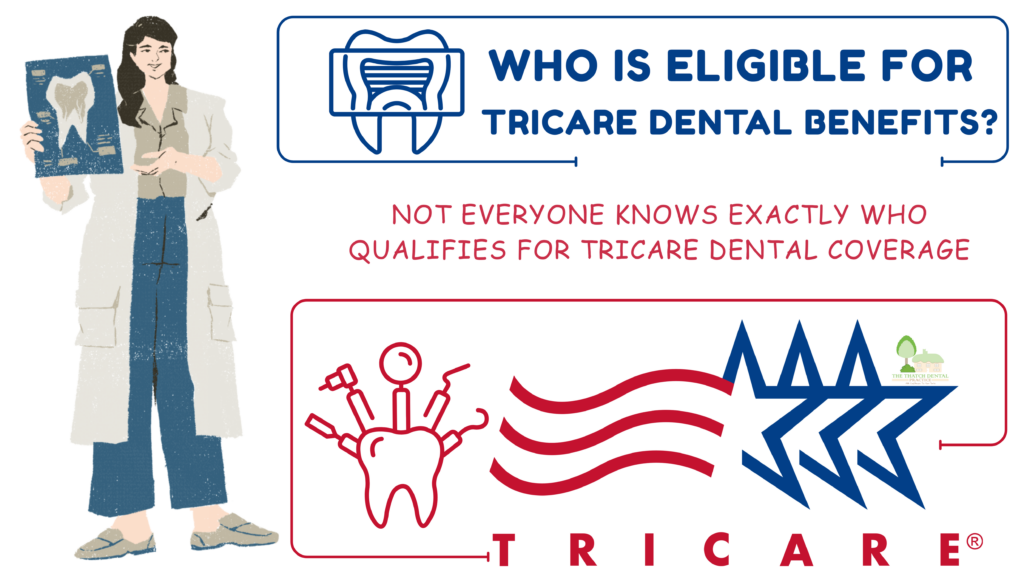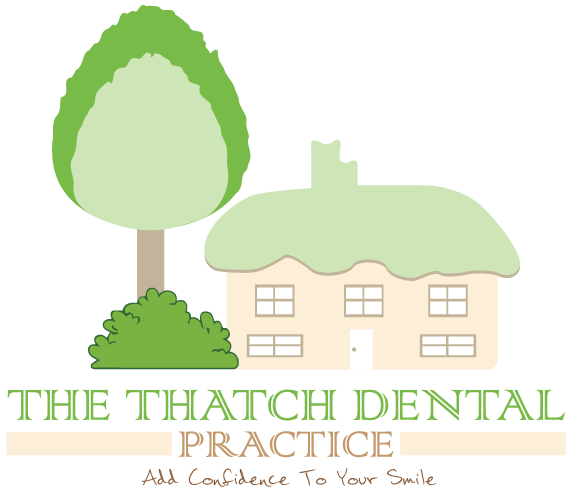
Problem
You’ve heard of TRICARE’s medical and pharmacy plans. But when it comes to dental coverage, the eligibility rules feel unclear. Who really qualifies for TRICARE Dental Program (TDP)? If you’re part of a military family or serving in the National Guard or Reserve, figuring out exactly who can enroll—and when—can be confusing. You might wonder:
- Are active-duty sponsors automatically covered?
- Can dependents enroll even if the sponsor isn’t?
- What about survivors of a fallen service member?
- Are Reserve members eligible when not on active duty?
- And what happens to coverage when a sponsor changes duty status?
There’s information out there, but it’s scattered—some from TRICARE FAQs, some from brochures, others from government manuals. You want a clear, realistic breakdown that feels grounded in actual policy.
Agitation
Imagine this scenario:
Case in point: Alex is a spouse of someone in the National Guard. Alex wants to ensure dental coverage for their two kids. Alex checks TRICARE’s website but only finds scattered bits—“family of active-duty,” “Guard not on active duty,” “transitional assistance management program (TAMP),” etc. Alex sees terms like DEERS, TAMP, OCONUS, and feels lost.
Meanwhile, another scenario: Jamie, a surviving spouse whose partner died in active duty, thinks they might qualify—but unclear if TDP covers survivors, and if so, under what conditions. They worry about missing out on benefits they’re entitled to.
Why this matters right now:
- If eligibility details are wrong or misunderstood, families either lose coverage or pay out of pocket.
- Enrollment often requires that the sponsor has at least 12 months of service remaining, and there’s a mandatory 12-month enrollment commitment. Misunderstanding that could mean being locked in unnecessarily—or cut off if the sponsor is nearing separation.
- DEERS entry errors can delay enrollment or block it altogether. Yet keeping DEERS updated is often overlooked.
So the confusion isn’t just theoretical. It affects people’s wallets, access to care, and peace of mind.
Solution
Let’s break it down clearly, based on reliable sources, to help readers like Alex and Jamie—and you—understand:
1. Who Is Eligible for TRICARE Dental Program (TDP)?
According to TRICARE’s own site and FAQs, you can enroll if you fall into one of these categories:
- Family members of an active-duty service member (spouse and unmarried children).
- Family members of a National Guard or Reserve member.
- National Guard or Reserve members themselves, if not on active duty and not covered by TAMP (Transitional Assistance Management Program).
A more detailed guide adds that:
- Active Duty Family Members (ADFMs) include spouses and unmarried children—this also covers stepchildren, adopted children, pre-adoptive children, and court-ordered wards, until at least age 21 (or 23 if certain student/financial support conditions are met).
- National Guard/Reserve Members (Selected Reserve or Individual Ready Reserve) qualify if they aren’t on federal active duty longer than 30 consecutive days, and aren’t covered by TAMP.
- National Guard/Reserve Family Members: They may enroll even if the sponsor doesn’t—coverage is flexible if the sponsor’s status changes.
2. What About Survivors?
Under a Survivor Benefit, certain survivors—specifically spouses of service members who died on active duty—get TDP premium covered 100% by the government for three years. After that, they may be eligible for FEDVIP instead. Surviving children can continue enrolled until they age out or lose TRICARE eligibility for another reason.
3. Key Enrollment Rules to Know
- DEERS must be accurate—errors delay or prevent enrollment.
- Sponsor must have at least 12 months of service remaining, because once enrolled, you commit to a minimum 12-month enrollment period. After that, you can switch to month-to-month.
4. Summary Table
Eligible Group | Eligibility Notes |
Active-Duty Family Members | Spouses and unmarried children (step, adopted, wards up to age 21/23). |
National Guard/Reserve Family Members | Can enroll even if sponsor doesn’t; eligibility regardless of sponsor’s duty status. |
Guard/Reserve Members (not on duty, not TAMP) | Eligible as long as not active >30 days and not covered by TAMP. |
Survivor Spouses of Active-Duty Death | 100% premium covered for 3 years under Survivor Benefit. |
Survivor Children | Can stay enrolled until they lose general TRICARE eligibility. |
Real-World Case Study
Let’s revisit Alex’s case:
- Alex is a spouse of a National Guard member. Their kids are 10 and 14. Alex wants dental coverage. Good news: Alex can enroll—even if the Guard member isn’t enrolling—because family members of Guard/Reserve qualify independently.
- Alex just needs to confirm that DEERS is up to date and ensure the sponsor has at least 12 months remaining on service. Then Alex enrolls (online, by phone, or by mail), commits to 12 months, then coverage begins based on mailing date (before or after the 20th of the month).
Now Jamie’s case:
- Jamie is a surviving spouse whose military partner died on active duty. Jamie learns they’re eligible for TDP under the Survivor Benefit, with premiums fully covered for three years. Their kids stay covered until aging out. After three years, Jamie may need to move to FEDVIP if still needing dental coverage. That clarity helps Jamie plan for the long run.
Closing Thoughts
When dental coverage matters to your family, knowing who qualifies isn’t trivia—it’s essential. The key points:
- Family members—active-duty and Guard/Reserve—qualify.
- Guard/Reserve sponsors qualify only when not on active duty and not in TAMP.
- Survivors have carve-out benefits with cost-covered premiums.
- DEERS accuracy, sponsor service time, and the 12-month enrollment rule are critical to timing and access.
With this clarity, readers like Alex and Jamie can make informed choices and avoid surprises. That’s what straightforward, realistic guidance is for.







